Throughout the Director’s Guide to Digital series, we’ve established the need for digital to be fully integrated into your marketing strategy. Still, you can’t add any real value to your digital marketing efforts until you can measure performance and track how digital has added to the success of your overall strategy.
Here are digital key performance indicators that you need to pay close attention to.
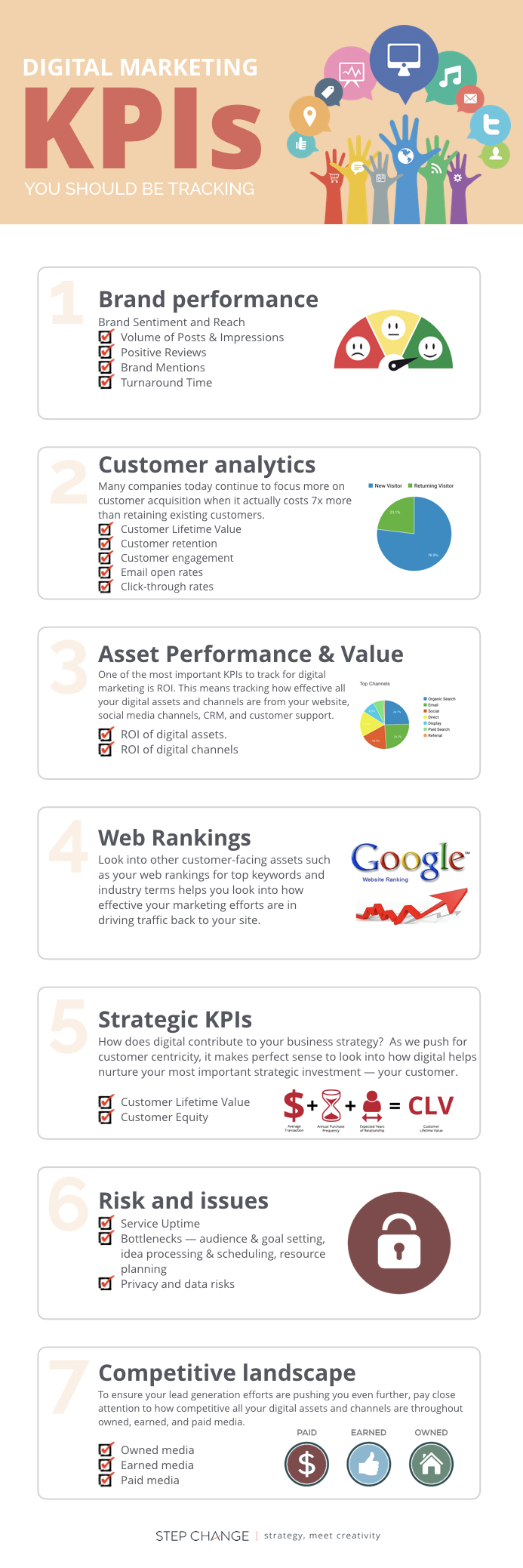
1. Brand Performance
Tracking your brand performance has never been easier with online tracking tools.
If you’re looking to establish brand equity, brand sentiment should be the guiding force of your campaign. This measures the positive associations you have with your audience.
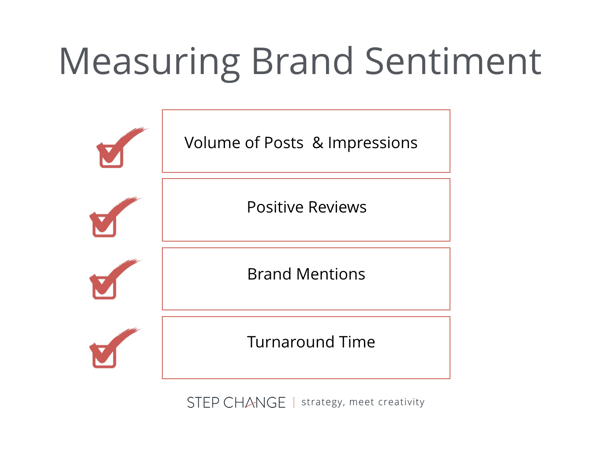
Measuring reach goes beyond your follower count on social media. This can also be measured through website or page traffic and views. Similarly, you can track how engaged your audience is by measuring likes, shares, and comments. Engagement matters because it tells you how effective your content or campaign is.
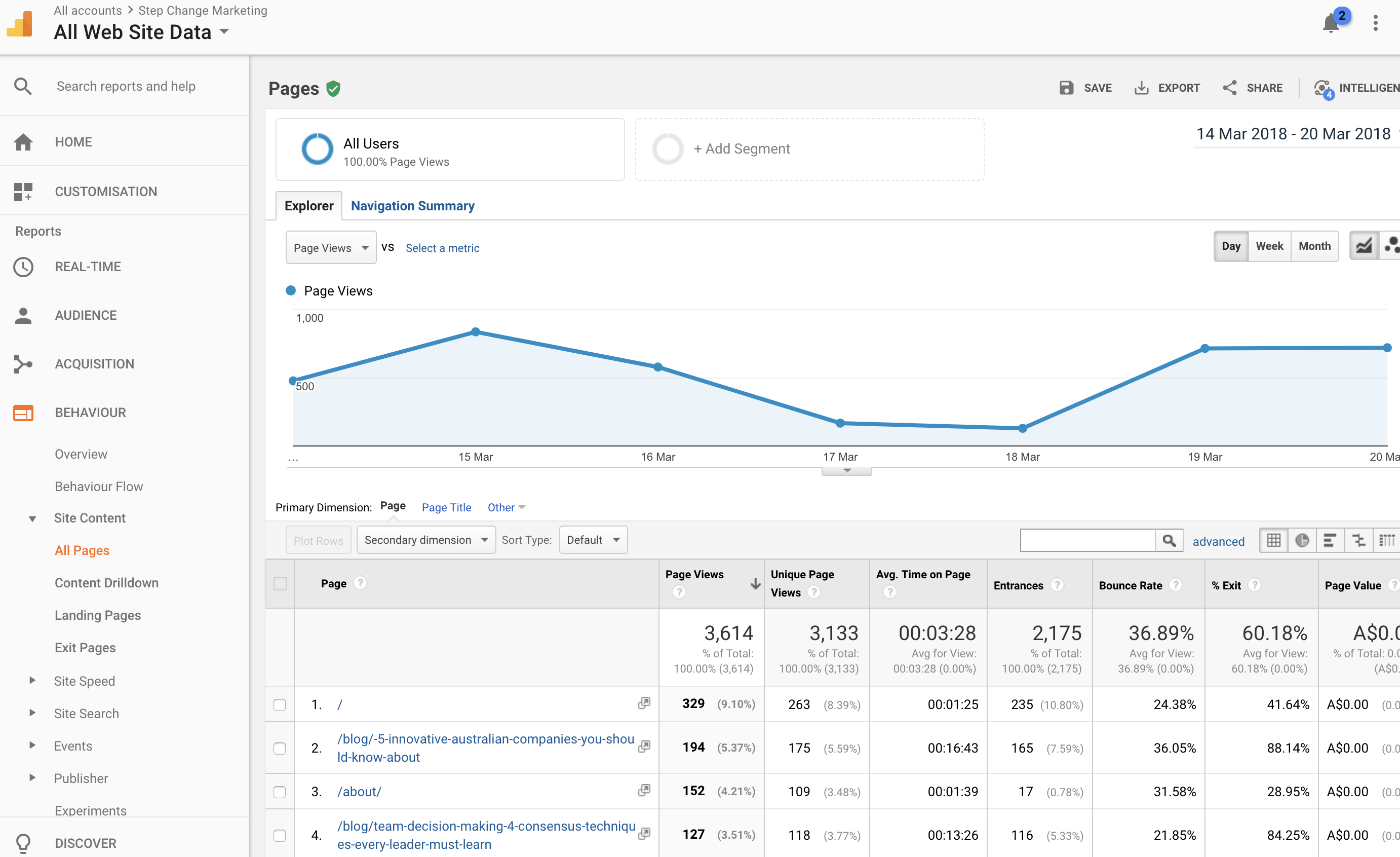
Brand mentions helps you look into the volume by which your brand is being talked about. Is your audience talking about you? Are there adequate mentions about your brand? It’s important to pay close attention to what your customers are saying.
Social listening tools like Sprinklr helps you look into what your customers are saying about your brand online from social engagement to conversations.
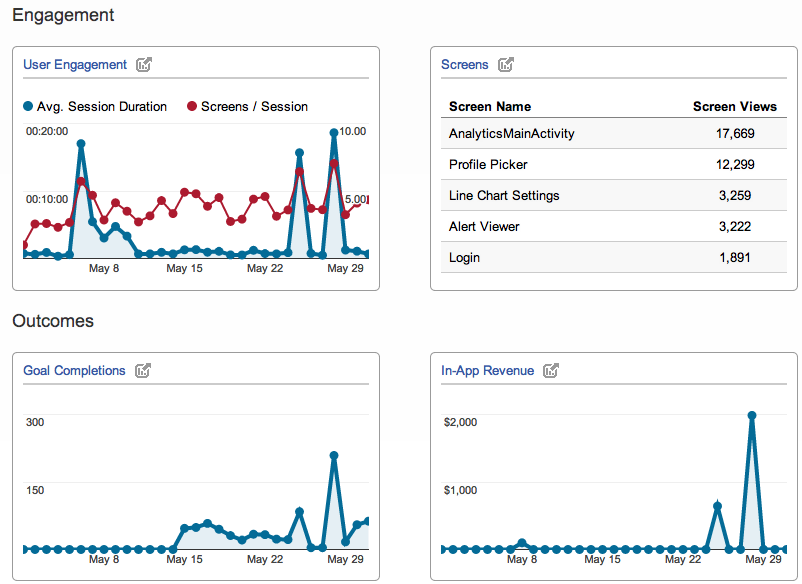
2. Customer Analytics
Many companies today continue to focus more on customer acquisition when it actually costs 7x more than retaining existing customers.
The push for a customer-centric approach in digital marketing means we need to highlight metrics that look into customer behaviour to measure brand performance throughout their lifecycle.
This means looking into metrics that add some insight into how the customer feels about the brand such as customer lifetime value, customer retention, engagement, open rates, and click-through rates.
Programs like HotJar or VWO let you look at the overall engagement and click to purchase paths of your customers. Using a marketing automation tool like HubSpot allows you to look at specific customers and what they are reading.
Good CRM and marketing automation tools also allow you to segment your customers and measure their movement through the funnel. Key metrics like the rate of conversion from marketing-qualified leads to sales-qualified leads allow you to track the performance of your marketing assets, including your website.
3. Asset Performance and Value
One of the most important KPIs to track for digital marketing is ROI. This means tracking how effective all your digital assets and channels are from your website, social media channels, CRM, and customer support.
Connecting tracking between channels and into one dash is important so you can see the actual ROI of email, social, and other key digital assets.
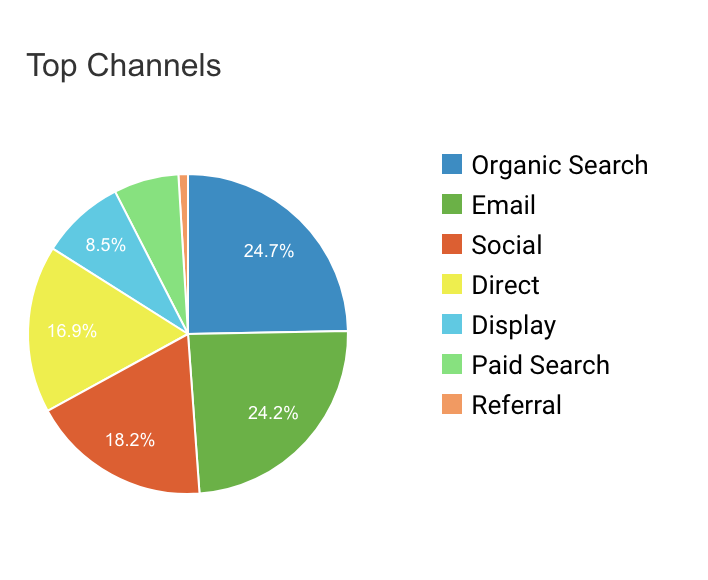
4. Web Rankings
Looking into other customer-facing assets such as your web rankings for top keywords and industry terms helps you look into how effective your marketing efforts are in driving traffic back to your site.
Are you standing out amongst the competition and becoming top of mind in your industry? It pays to ensure that any and all your digital assets in the frontline continue to add value and are consistently performing to up your bottom line.
5. Strategic KPIs
How does digital contribute to your business strategy? As we push for customer centricity, it makes perfect sense to look into how digital helps nurture your most important strategic investment — your customer.

- Your customer lifetime value (CLV) helps you identify the overall value your business gets out of your customer relationships. You can start measuring your CLV based on the amount it takes to nourish a relationship with a customer in 6, 12, or 24-month increments.
Put simply, your customer lifetime value can be calculated as customer revenue multiplied by the average length of your customer relationship minus the cost to acquire the customer.
Whichever applies, looking into your CLV helps you to optimise your customer acquisition efforts to maximise value while reducing costs.
- Customer Equity. This refers to the total revenue generated from all your customers throughout their customer lifecycle. Put another way, this refers to the total customer lifetime value of all your customers.
To augment your strategy, looking into these customer-driven KPIs can help you effectively gauge how you can make the best use of your top-performing digital channels to acquire and retain the most customers for the long-term.
6. Risk and Issues
You may not be able to totally eliminate risk but by becoming aware of what these are, you’re one step ahead to making sure you avoid getting caught in such issues that could derail your digital marketing efforts.
The only way to survive disruption in your industry is by anticipating change or a shift in trends that can impact key players in your market.
Pay close attention to the following:
- Service uptime. Be mindful of service uptime as well as downtime to adequately prepare for operational costs.
- Bottlenecks. Look into where bottlenecks may have developed in your process and find ways to change it. Common bottlenecks in digital marketing include delays in audience and goal setting, idea processing and scheduling, or resource planning. Work closely with your team to identify ways to get things moving when you see deliverables piling up and projects caught in a standstill.
- Privacy and data risks. Tighter regulations on data privacy and security stresses the need to pay close attention to how you manage internal data. It’s important to ensure your workforce is aware of new mandatory data breach notification laws so you can come up with an agreement as to how to deal with private client information.
7. Competitive Landscape
You may feel like you’ve outlined your digital marketing campaign to meet your business objectives, but it doesn’t mean it stops there.
To ensure your lead generation efforts are pushing you even further, pay close attention to how competitive all your digital assets and channels are throughout owned, earned, and paid media.
It also help to realise that though these channels can drive results on their own, when used together, they can help augment your digital marketing strategy.
- Owned media simply refers to any media you already own and have full content-control over such as your website, blog, and other social media profiles.
- Earned media comes as a result of great SEO or word of mouth. This comes in the form of shares, brand mentions, positive feedback, and press releases.
- Paid media comes in the form of ads and sponsored content.
Start Tracking
Overall, establishing digital marketing KPIs to track not only helps you measure how digital drives success, it also helps you stay on track with business objectives when you have targets and metrics by which to aspire for and work towards.
If you’re dead set on getting digital to drive the numbers for you, know what metrics matter the most to your business and start tracking!



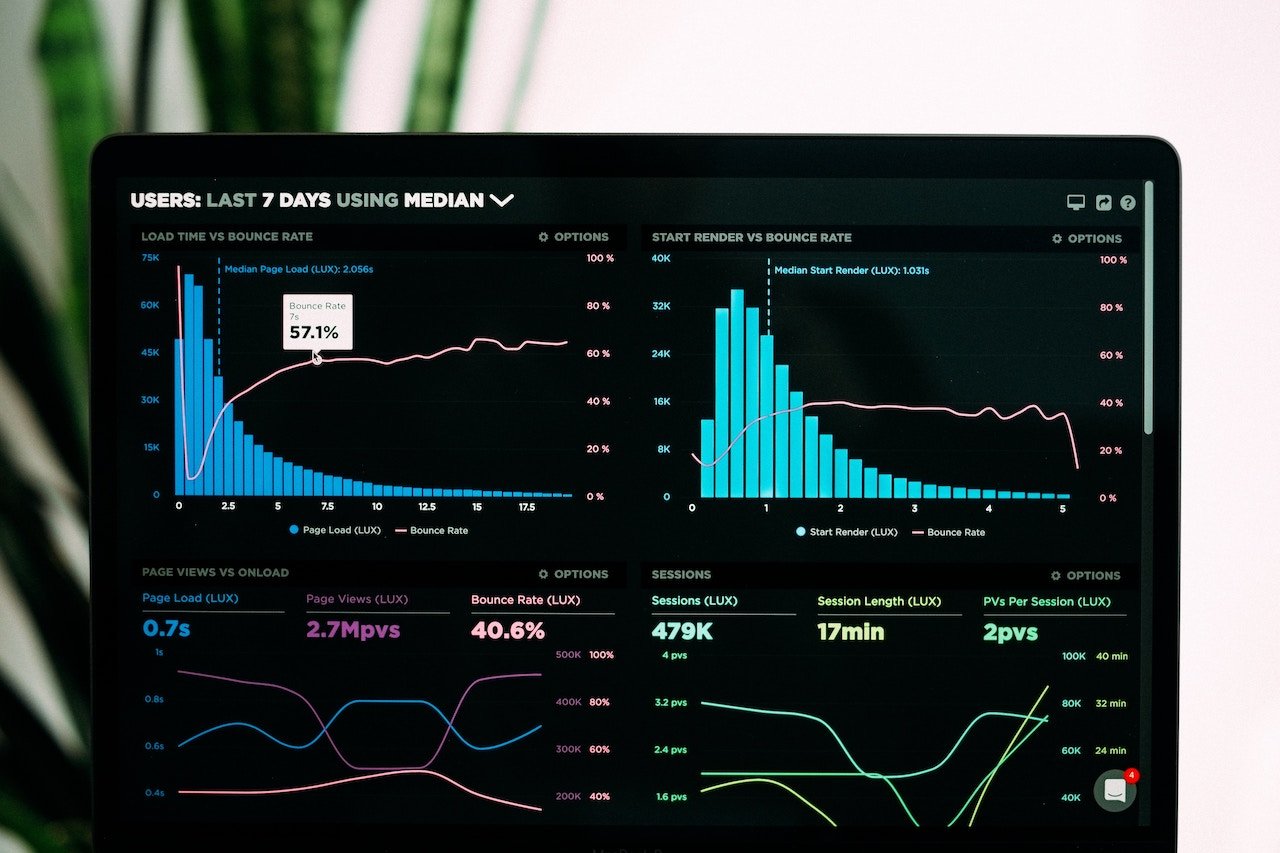





![#KatieTalks to Step Change’s Robert Steers [PODCAST]](https://blog.hellostepchange.com/hubfs/BLOG/Posts/5-Connection/katie-talks-robert-steers.001.jpeg)






